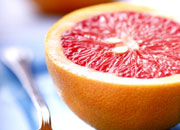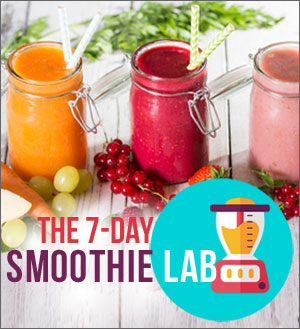A recent article about the science behind sports drinks appeared a few weeks ago, highlighting a story that began in 1965 with a group of scientists at the University of Florida – creating what ultimately became known as Gatorade.
As triathlete Ryan Smith prepares for his third Ironman competition—an endurance event that includes a 2.4-mile swim, a 112-mile bike ride, and a full marathon—the chemical composition of his sports drink is at the top of his mind. But his use of the beverage to stay hydrated, maintain consistent performance during the race, and speedily recover afterward is actually a reasonably new phenomenon.
As recently as the early 1960s, coaches typically advised their athletes to ignore thirst. But a 1965 study conducted by a group of scientists at the University of Florida changed everything: The researchers discovered that players on the school’s football team, the “Gators,” were suffering from heat exhaustion and suboptimal performance because of dehydration and a loss of electrolytes and carbohydrates from exercise. As a result, the scientists formulated a sugar-salt replacement beverage—eventually dubbed Gatorade—and administered it to the team, which went on to win the Orange Bowl in 1966.
Fluid replacement sports drinks have since grown to be at least a $3.5 billion market in the U.S., according to Chicago-based market research firm Information Resources. But they are still “essentially water, sugar, salt, and some flavoring and coloring,” says Edward F. Coyle, director of the Human Performance Laboratory at the University of Texas, Austin. It’s the relative concentration of these components that sports scientists have spent decades perfecting.
The salt and water help replace those same components lost in sweat, and the sugar gives athletes an energy boost. Dehydration causes a reduction in blood volume via osmosis, and decreased blood flow to the muscles and skin in turn leads to fatigue and impairs the body’s ability to dissipate heat. Carbohydrate, which is stored as glycogen in muscles, is burned during exercise, also causing fatigue.
Determining the ideal concentration of salt to put into sports drinks can be difficult because…


 Are you ready to look better, feel more energized, and get back that youthful feeling you remember having as a kid? I can help you on a journey that will change the way you eat — for good. My
Are you ready to look better, feel more energized, and get back that youthful feeling you remember having as a kid? I can help you on a journey that will change the way you eat — for good. My 














 As a healthy cooking expert, health coach and TV host,
As a healthy cooking expert, health coach and TV host, 



Speak Your Mind